Five reasons why telescopes are so important
- Published
- comments
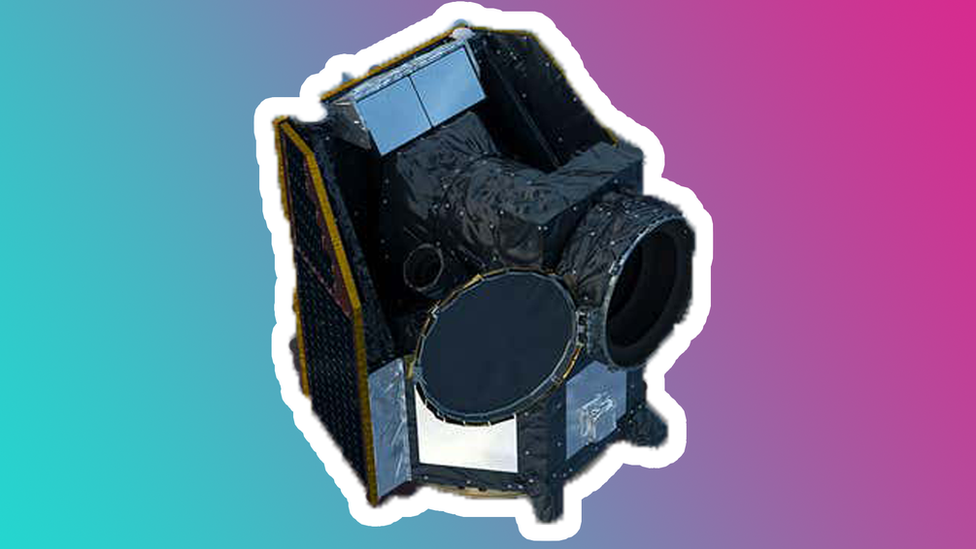
The European Space Agency is releasing a new telescope into space
The European Space Agency (ESA) has launched a massive telescope to study distant worlds.
It's called Cheops, and it will reveal new secrets about space, such as whether far-off planets are likely to be rocky or made of gas.
It'll be a bit of a different mission to previous efforts, as it won't be trying to find new planets.
Spaces agencies like the ESA and Nasa are always sending telescopes into space, but why are they so important?
They can spot things that human eyes can't!
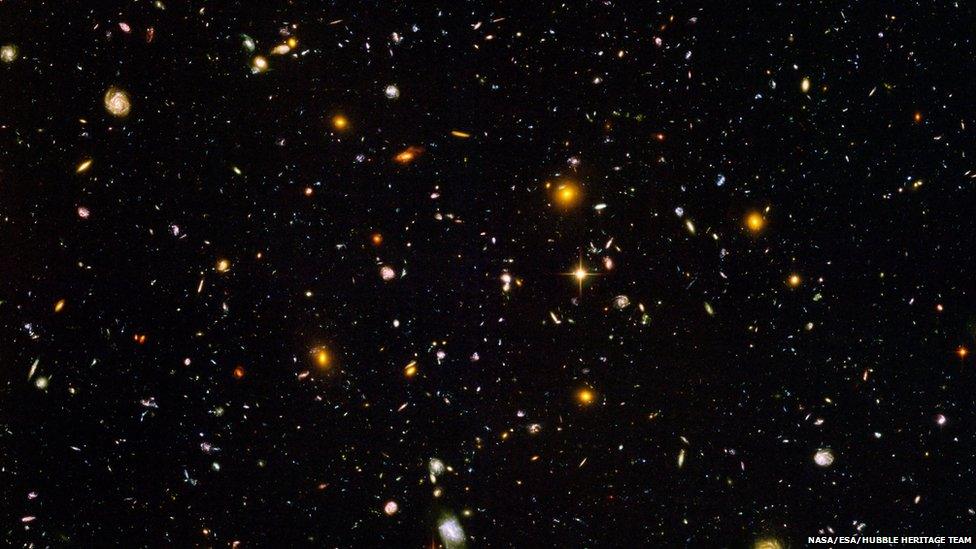
Telescopes have shown us loads of new planets
Telescopes see lots of colours and they can collect light that our eyes are unable to, they can spot radio, microwave, infrared, ultraviolet, gamma and x-rays.
Because of the nature of light and the nerves in our eyes, we can only see small details, but telescopes are able to capture really detailed images.
They discovered how old the universe is

Hubble was launched into low Earth orbit on 24 April, 1990
The best known and most famous space telescope is the 'Hubble', it was named after an astronomer called Edwin Hubble.
Before it launched, astronomers could only estimate that the Universe was somewhere between 10 billion years and 20 billion years old.
By measuring the brightness of stars millions of miles away, scientists were able to work out the age of the Universe with much greater accuracy.
They now think the Universe is 13.8 billion years old, give or take a few years.
It's believed that the first person to patent a telescope was Hans Lippershey, a Dutch eyeglass maker, in 1608
He called his invention the 'looker' and was able to magnify things to three times their normal size.
In 1609, an astronomer called Galileo heard about Lippershey's invention and began building his own design - the magnification of his telescope reached 20 times
They confirmed that black holes exist!
Scientists had written theories about black holes for hundreds of years.
A black hole is believed to be an object with a pull of gravity so strong that even light can't escape it.
Scientists couldn't test their theories about black holes until the Hubble Space Telescope was launched.
Hubble provided images clear enough to show that the pull of gravity did affect light, and we now know black holes DO exist.
They made space travel possible
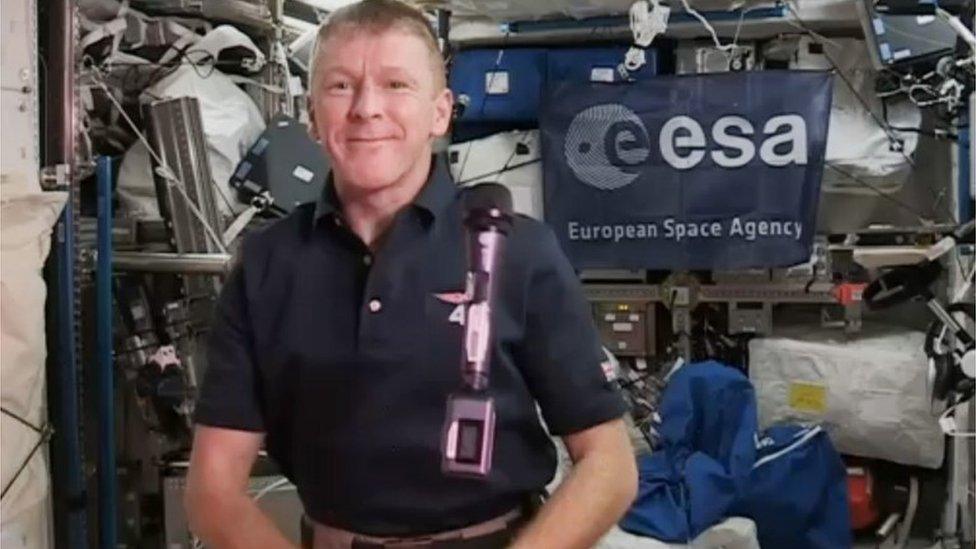
Astronaut Tim Peake wouldn't have been able to travel without the help telescopes!
Before space rockets were ever invented, we needed to understand how space travel could work and how people could spend periods of time in space without it becoming dangerous.
Scientists used telescopes to explore the skies from Earth, and they eventually aided space exploration.
They've taken loads of pictures of space
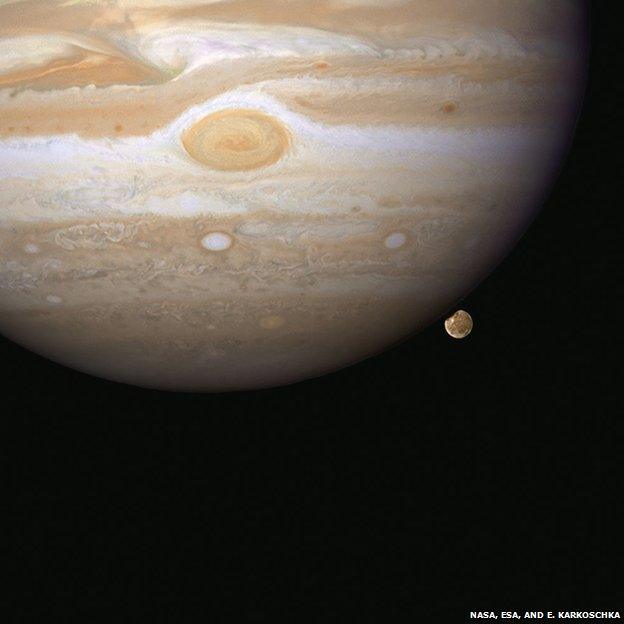
Jupiter and one of its moons, Ganymede - captured over a distance of more than 440 million miles (708 million km)
Telescopes capture images of space that we couldn't get using anything else.
On its 25th birthday in 2015, the Hubble Telescope celebrated with a spectacular image of young stars blazing across a dense cloud of gas and dust.
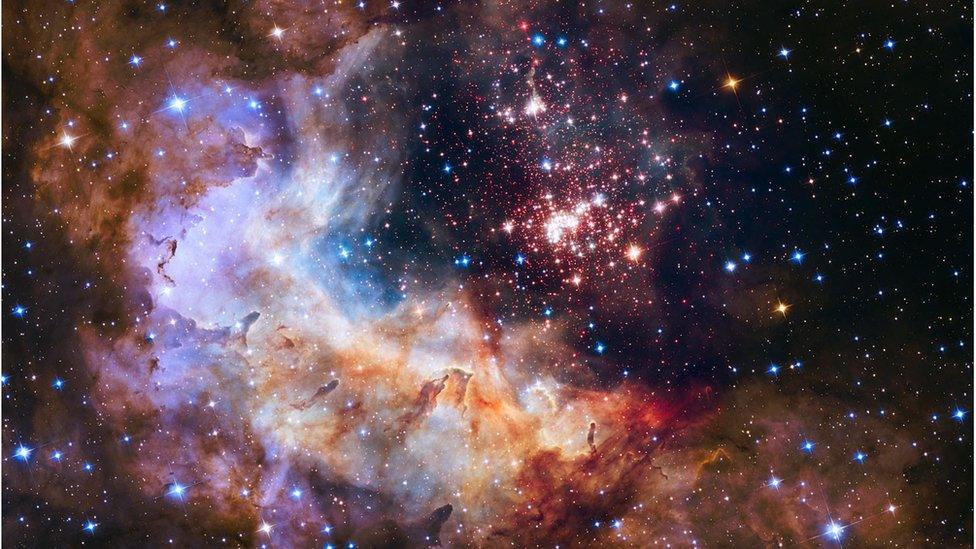
The "Westerlund 2" cluster of stars is located about 20,000 light-years away in the constellation Carina
These pictures help us to learn new things about space, and discover new planets.
- Published14 April 2019
- Published19 September 2018

